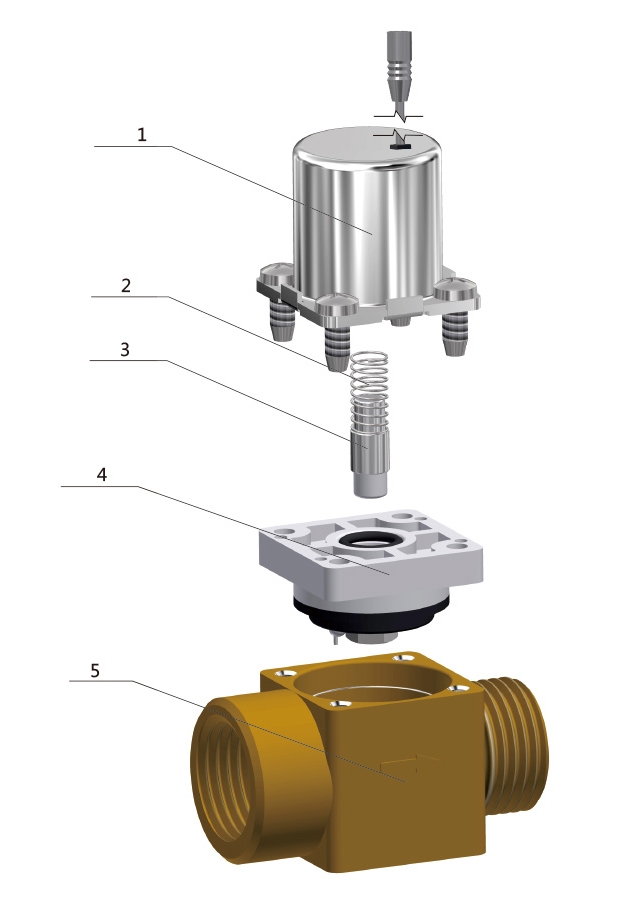In the modern quest for hygiene, efficiency, and water conservation, the sensor faucet solenoid valve stands as the critical, often unseen, component making touchless operation possible. Found in restrooms, kitchens, and medical facilities worldwide, this ingenious device translates an electronic signal into precise water flow control.
When the infrared sensor detects hands, it sends a low-voltage signal. This instantly energizes the sensor faucet solenoid valve. Inside this valve, an electromagnetic coil lifts a plunger or core, overcoming spring pressure. This action opens a small orifice, allowing water pressure from the supply line to lift the main diaphragm or piston, releasing water through the faucet spout. The moment hands move away, the signal ceases, the solenoid de-energizes, and the spring snaps the plunger shut, cutting off water flow completely. This rapid, reliable action is the hallmark of a quality sensor faucet solenoid valve.
Choosing the right sensor faucet solenoid valve is paramount for performance and longevity. Key considerations include material compatibility (often 304/316 stainless steel or brass for sanitary applications), pressure rating, voltage requirements (commonly 12V DC or 24V DC/AC), response time, and durability. A robust sensor faucet solenoid valve ensures leak-free shut-off, consistent operation over millions of cycles, and resistance to scale or debris common in water lines. Manufacturers like Fuxin Valve specialize in designing these valves specifically for the demanding needs of sensor faucets, focusing on reliability, low power consumption, and hygienic construction.
Ultimately, the seamless, hygienic experience of a touchless faucet hinges entirely on the precision engineering and flawless operation of its core component: the sensor faucet solenoid valve. It's the silent workhorse enabling cleaner, smarter water usage every day. Learn more about specific valve specifications and applications from specialized providers.







